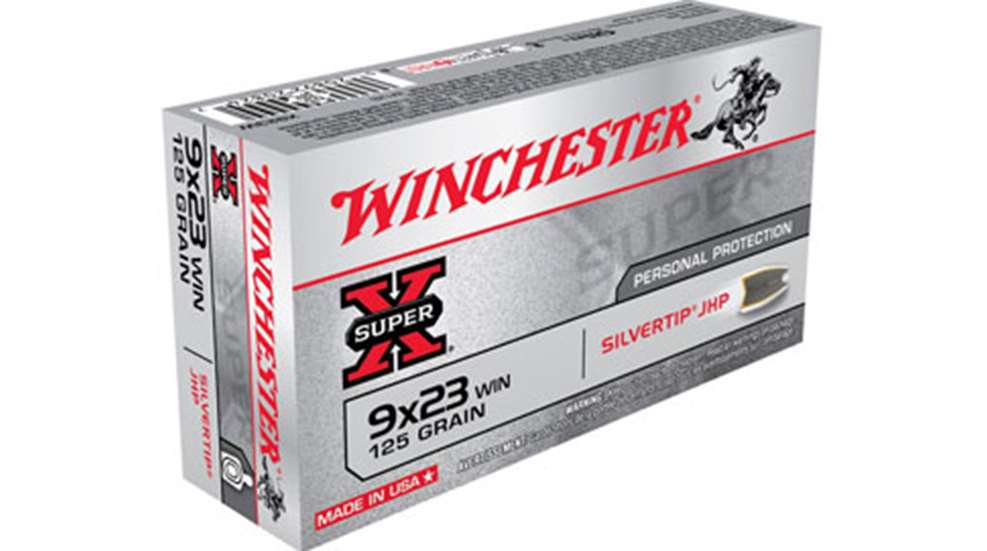
I watched Sheriff Jim Wilson fire the first round of 9x23 mm JHP ammo into a defenseless block of ordnance gelatin. It was at a writer’s seminar where the gun and cartridge were introduced to the shooting world. Jim may also have been present when another maker brought out its version of ammo for the .357 Sig cartridge. I can’t recall what the good sheriff had to say about these two rounds, but I’ll bet that he has observed the same thing that I have-one made it, one didn’t.
Both calibers were intended to bump up the ballistic performance level of mid-bore pistol cartridges. The 9x23 mm was a .45 ACP-length round intended for single-column M1911-style pistols. Approximately the same length as the .38 Super, the 9x23 was essentially a lengthened 9 mm Luger cartridge. Actually, it had another characteristic that was new to auto pistol design. In order to better handle the higher pressure that would make this so-called “long nine” perform, the case head was deliberately thickened. This gave the base of this cartridge greater mass and strength. It was an approach once tried in Jeff Cooper’s early SWPL days. Initial offerings in 1996 were Colt 1911 pistols, which fired the round with accuracy and power. Colt and Winchester Ammunition wanted a gun for the IPSC circuit.
In 1994, SIG collaborated with Federal to develop the .357 Sig cartridge. This redoubtable Swiss-German-American firm wanted a powerful medium-bore automatic pistol round that was short enough to comfortably fit in the double-wide magazines of.40 S&W-sized autos. They weren’t going after the gamesmen, but rather the warriors. Working from the already successful .40 S&W case, they necked it down to take 9 mm (not .357 inch) bullets of medium weight. It was a resounding success, achieving velocities in the mid 1,300 fps range. The forgoing description admittedly oversimplifies the cartridge development just a bit. The .357 Sig cartridge works in 9 mm-size pistols, where the bottlenecked case spells ultra-reliable feeding. The cartridge simply works.
Comparing the two is something of an apples-and-oranges thing in the sense that they were really intended for different roles. Whatever the intent, the fact is the 9x23 flopped and is now almost forgotten. And while it is used by a number of prestigious police agencies, the .357 Sig does not enjoy the wide success its designer/developers were seeking.





































